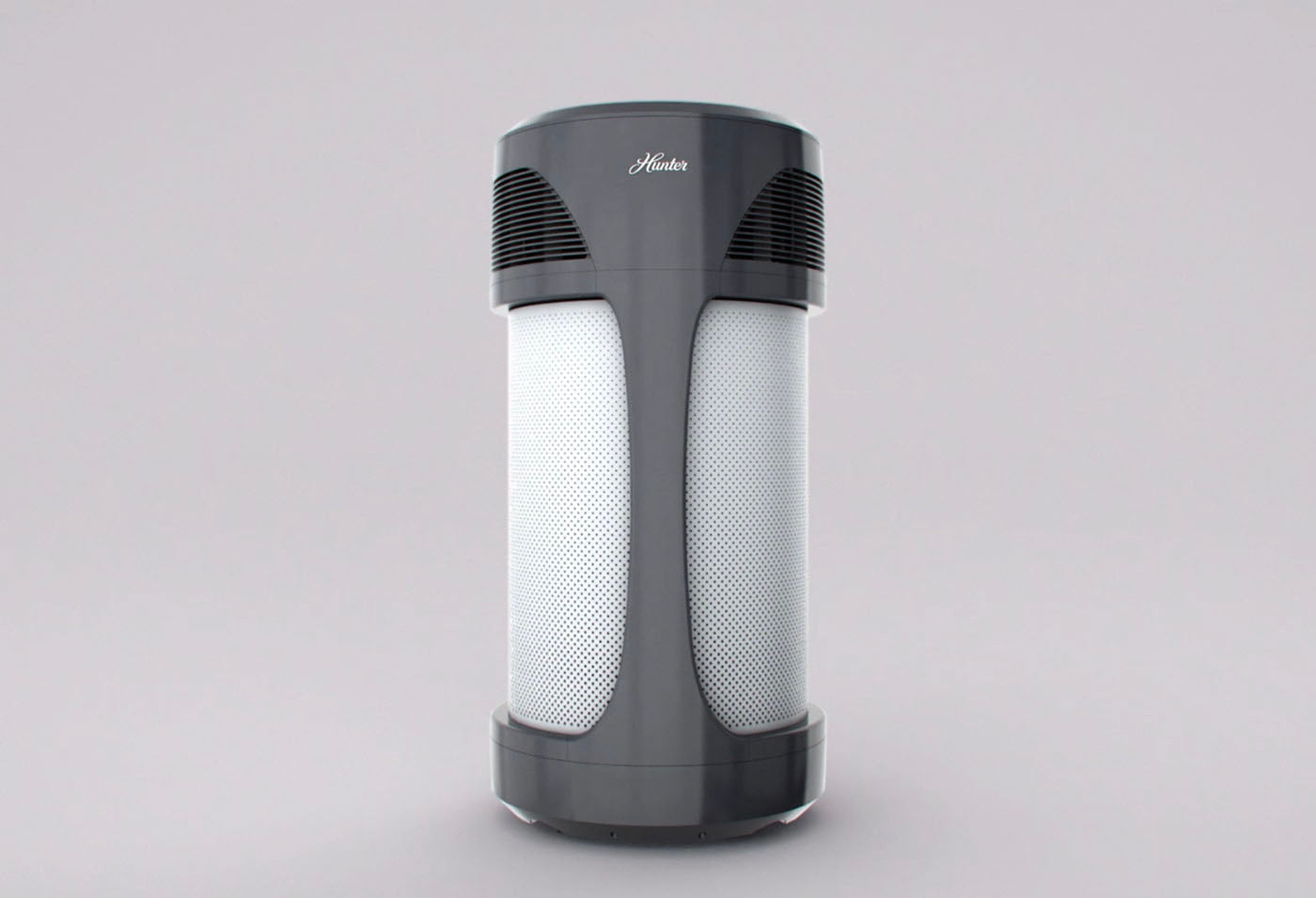
How Does my Air Purifier Work?
Air purifiers in the home have some amazing benefits. They remove odors, allergens, and dust from the air. They can even help to fight viruses by removing airborne pathogens from the air, so they are particularly useful right now.
By increasing the air quality in your home, you can prevent long-term health problems and create a much nicer environment. But how exactly do they work?
Air Purifier Filters
The basic setup of an air purifier is fairly simple. There is a fan that draws the air in and then one or more filters to remove pollutants.
Even though it's basic and effective, nothing is ever quite that simple. Different models have different types of filters. Some models use HEPA (High-Efficiency Particulate Air) filters, while others use carbon filters or ionizers instead.
The filters can be made from a variety of materials including activated carbon, silver impregnated resin, HEPA style foam sheets - which are more effective against smaller particles - and zeolites.
Zeolites are tiny white components that have a honeycomb-like structure with tiny holes in them. They can catch larger particles by acting as a sieve while still allowing air to flow through.
Some air purifiers use electrical attraction to catch particles, rather than using a sieve-like structure. These models have a negative ionizer that creates negatively charged particles. These then attract positively charged molecules and remove them from the air.
Electrical attraction technology is sometimes used on its own but it can also be used in conjunction with a HEPA filter. When particles enter the air purifier, they are given an electrical charge, which then helps them stick better to the second filter once they reach it.
Some air purifiers don't use filters at all. Instead, they use systems that convert oxygen to ozone. This helps to remove odors by oxidizing them, but ozone is also a toxin. While the amount of ozone used in air purifiers is small, it can still be harmful if you are exposed to it for an extended period. It has also been shown that ozone purifiers are not particularly effective at removing indoor pollutants.
Some air purifiers also use UV light to kill viruses that pass through the filters. This is a great addition since it helps to protect you and your family from colds, flu, and other airborne illnesses like COVID-19.
Air Purifier Power
Different air purifiers have different power sources. Some are powered by mains electricity or battery, while others are powered by a combination of both.
The amount of power an air purifier has helps to determine how quickly it can clean the air in your home. Higher quality models will have more powerful fans and stronger filters, so they can remove pollutants faster than lower quality ones.
The power also affects the size of the room that an air purifier can realistically clean. A low-power battery-operated model is not suitable for a small room. It will not effectively clean the air and the filters will need to be changed very frequently.
It's also worth noting that air purifiers with higher power tend to be noisier than lower powered ones. For some people, this can be a problem since they want their air purifier to run while they sleep, but it may not be a problem since it will clean the air more quickly.
The amount of power is sometimes measured in watts, but there are other ways to measure the power that an air purifier uses. You can check how much airflow it produces or look out for its CADR (Clean Air Delivery Rate).
Choosing An Air Purifier
With all of these different types of filters available, it can be difficult to know which air purifier is best.
Each type of filter has its own strengths and weaknesses, so it's wise to understand the advantages of each one before buying an air purifier for your home. For example, HEPA filters are highly effective at removing small airborne particles but they aren't as good at removing chemical vapors or gaseous pollutants whereas carbon filters work well against odors but aren't very good against large particles of dust.
The size of the particles that are captured is measured in microns. A micron is one-millionth of a meter. HEPA filters remove particles that are 0.3 microns in size and above from the air, while carbon filters only remove particles that are 1 micron or above.
You also need to check the power and the Clean Air Delivery Rate to make sure that the purifier is strong enough to clean the entire room.
If you are looking for an air purifier that fights viruses, you need to find one with a HEPA filter.
